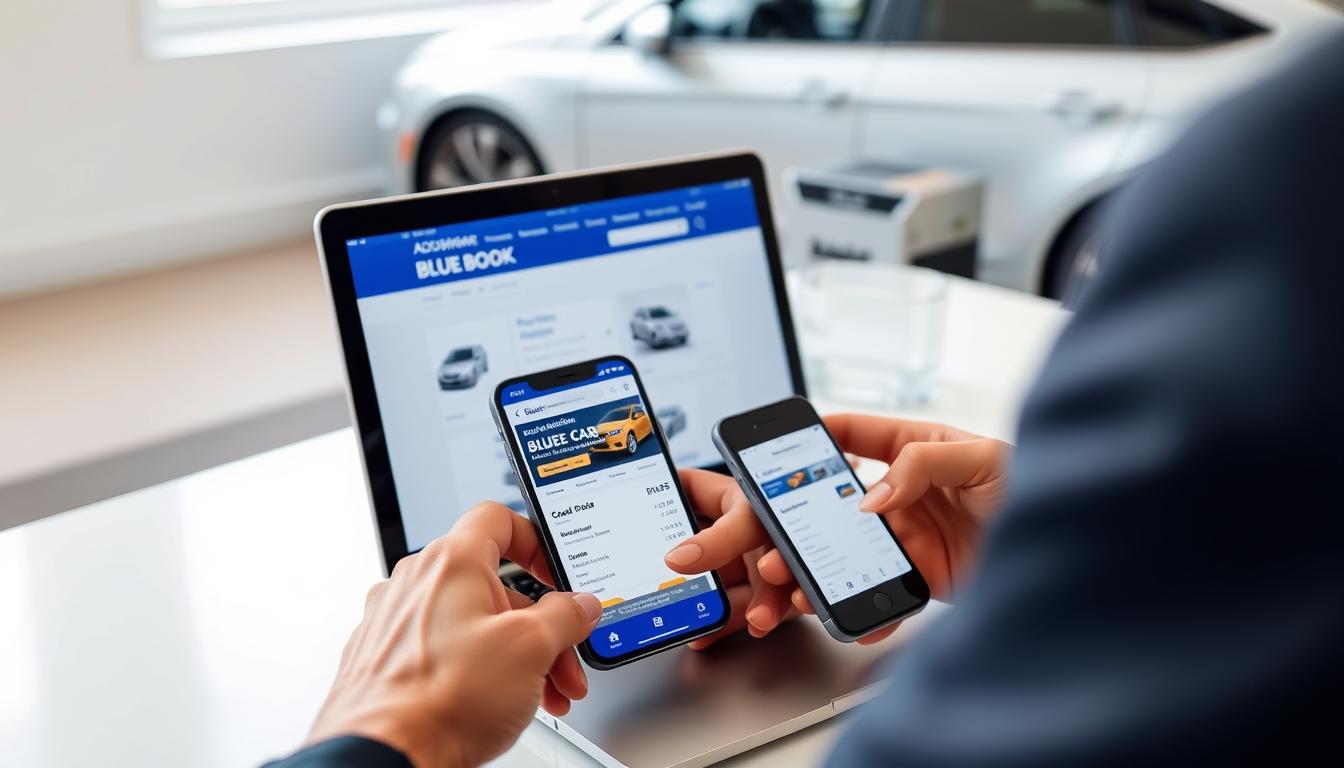
Blue Book Used Car Prices: The Complete Guide to Vehicle Valuation
Ready to Get Your Car’s True Value?
Get an instant, accurate valuation based on current market conditions, access our comprehensive valuation tool for the most accurate pricing information.
What Is the Blue Book and Why It Matters
The term «Blue Book» typically refers to the Kelley Blue Book (KBB), the automotive industry’s most trusted resource for vehicle valuation since 1926. Originally published as a literal blue book, today it’s primarily accessed online and serves as the gold standard for determining used car prices.
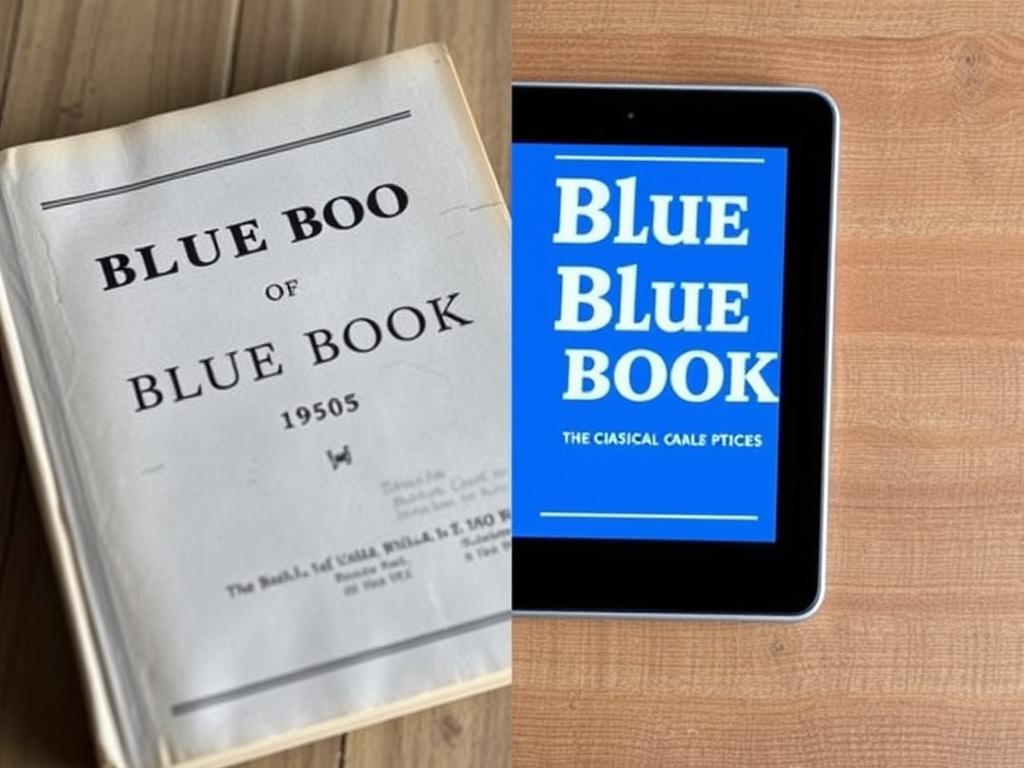
The Blue Book matters because it provides objective, data-driven valuations based on actual sales transactions, auction data, and dealer feedback. It removes the guesswork from pricing, giving both buyers and sellers a reliable reference point for negotiations.
For Buyers
- Prevents overpaying for vehicles
- Provides negotiation leverage
- Helps compare similar models
- Identifies fair pricing in different markets
For Sellers
- Sets realistic asking prices
- Justifies your asking price to potential buyers
- Helps determine trade-in value
- Maximizes return on your vehicle investment
How to Check Blue Book Used Car Prices: Step-by-Step Guide
Getting an accurate Blue Book valuation is straightforward when you follow these steps. The process is designed to account for all the factors that influence a vehicle’s market value.
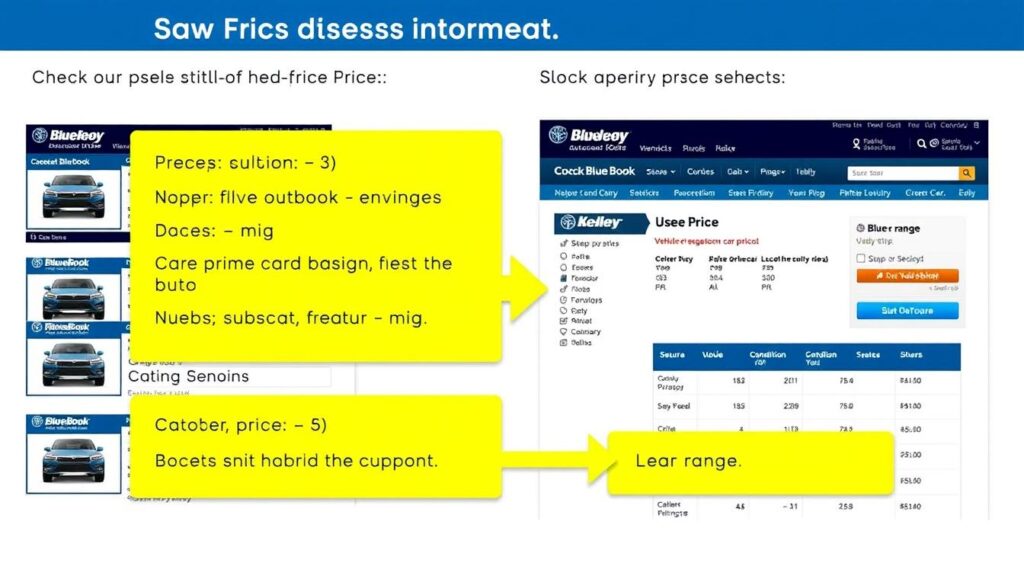
- Gather your vehicle information – You’ll need the make, model, year, current mileage, and a list of optional features and equipment.
- Visit the official Kelley Blue Book website – Navigate to KBB.com or use their mobile app for on-the-go valuations.
- Select «Car Values» – Look for the «What’s My Car Worth» or «Car Values» section.
- Enter vehicle details – Provide accurate information about your specific vehicle, including the VIN if available.
- Specify the condition – Be honest about your car’s condition (excellent, good, fair, or poor).
- Add optional features – Include all factory options and aftermarket additions.
- Enter your ZIP code – Prices vary by location, so local market data is essential.
- Review the results – You’ll receive different values based on whether you’re buying from a dealer, selling to a dealer, or conducting a private sale.
Value Your Car in Minutes
Follow our simple process to get a precise valuation tailored to your specific vehicle.
Pro Tip: For the most accurate valuation, have your vehicle’s VIN (Vehicle Identification Number) handy. This 17-character code contains specific details about your car’s manufacturing and features that can affect its value.
Factors That Affect Blue Book Used Car Prices
Understanding what influences your vehicle’s Blue Book value helps you make informed decisions and potentially increase its worth. These key factors determine how much your car is valued in the marketplace.
Vehicle Condition
The overall condition significantly impacts value. Blue Book categorizes vehicles as:
- Excellent: Like-new with no visible flaws
- Good: Minor wear but well-maintained
- Fair: Some mechanical or cosmetic issues
- Poor: Significant problems requiring repair
Mileage & Age
Lower mileage generally means higher value. The Blue Book adjusts for:
- Average annual mileage (12,000-15,000 miles)
- Excessive wear from high mileage
- Vehicle age and depreciation curve
- Service history documentation
Market Factors
External conditions that influence pricing include:
- Regional demand variations
- Seasonal fluctuations
- Fuel prices affecting certain models
- Economic conditions
Optional Features
Factory options and packages that add value:
- Premium audio systems
- Advanced safety features
- Leather upholstery
- Navigation and technology packages
Color & Style
Aesthetic factors that affect marketability:
- Popular vs. unusual colors
- Body style demand (SUVs vs. sedans)
- Interior color combinations
- Special editions or trims
History & Documentation
Records that build buyer confidence:
- Accident history (affects value significantly)
- Number of previous owners
- Maintenance records
- Title status (clean vs. salvage)
Maximize Your Car’s Value
Learn how to improve your vehicle’s condition before selling.
Negotiation Tips Using Blue Book Data
Armed with Blue Book information, you can negotiate with confidence whether buying or selling. Here’s how to leverage this data effectively at the dealership or in private sales.

For Buyers
- Research before visiting dealerships
- Print or save the Blue Book valuation
- Focus on the «Fair Purchase Price» rather than MSRP
- Consider the «Typical Listing Price» for private sales
- Point out condition issues that might lower value
- Be prepared to walk away if the price exceeds Blue Book value
For Sellers
- Price slightly above Blue Book to leave room for negotiation
- Show buyers the Blue Book valuation to justify your asking price
- Highlight features that increase value
- Document recent maintenance or improvements
- Know your bottom line based on trade-in value
- Consider timing your sale during peak demand seasons
«The Blue Book isn’t just a pricing guide—it’s a negotiation tool that levels the playing field between buyers and sellers. When both parties reference the same trusted source, it creates a foundation for fair deals.»
Blue Book Alternatives: Comparing Valuation Guides
While Kelley Blue Book is the most recognized name in vehicle valuation, several alternatives offer their own methodologies and data sources. Understanding the differences helps you get the most comprehensive picture of your car’s value.
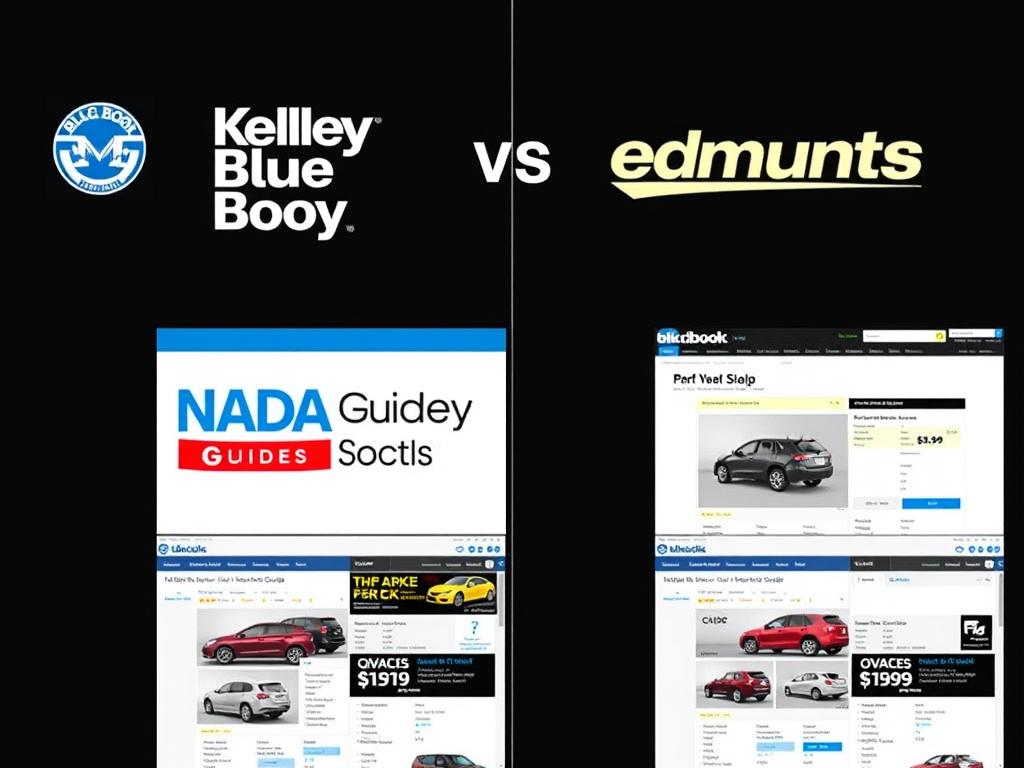
| Valuation Guide | Data Sources | Strengths | Best For |
| Kelley Blue Book (KBB) | Retail sales, auction data, dealer transactions | Comprehensive, widely recognized, regional adjustments | General consumers, most vehicle types |
| NADA Guides | Wholesale auctions, financial institutions | Often higher valuations, detailed option adjustments | Financing, insurance valuations |
| Edmunds | Dealer transactions, consumer sales | True Market Value pricing, ownership cost calculations | Total cost of ownership analysis |
| Black Book | Wholesale auctions, dealer-only data | Weekly updates, dealer perspective | Dealers, industry professionals |
| TrueCar | Actual sales transactions | Real-time market data, price curves | New car buyers, price transparency |
Expert Advice: For the most accurate valuation, check your vehicle’s price across at least three different guides. This gives you a valuation range rather than a single number, which is more realistic in actual market conditions.
Special Cases: Classic Cars, Luxury Vehicles, and Modifications
Standard Blue Book valuations work well for most vehicles, but special categories require additional considerations. Here’s how to approach valuation for non-standard vehicles.
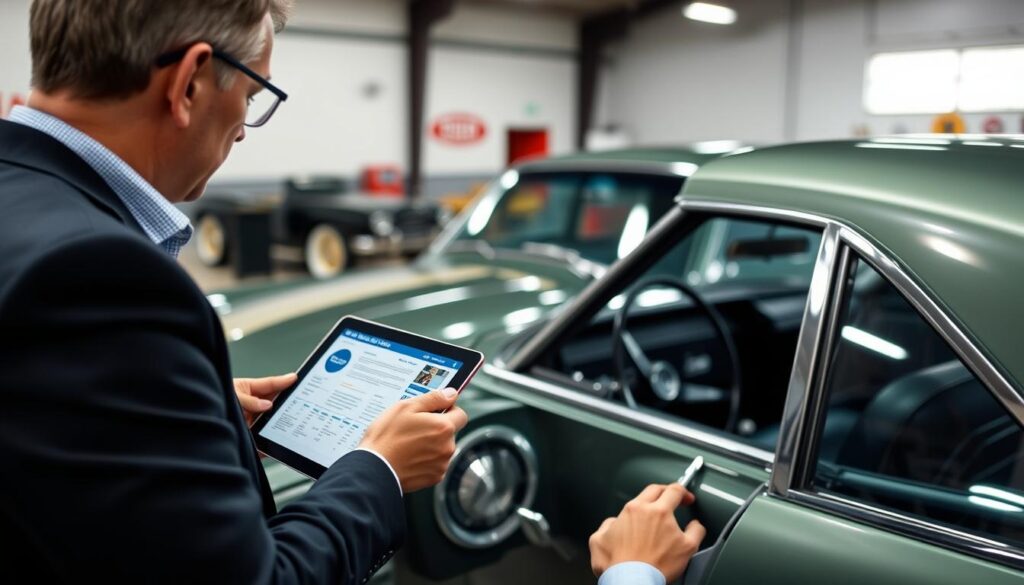
Classic & Collector Cars
Standard Blue Book methods don’t fully capture the value of classic vehicles. Instead:
- Use Kelley Blue Book’s specialized Classic Car Guide
- Consult Hagerty Valuation Tools for collector vehicles
- Factor in historical significance and rarity
- Consider condition grading scales specific to classics
- Research recent auction results for similar vehicles
Luxury & Exotic Vehicles
High-end vehicles depreciate differently and have unique market factors:
- Brand prestige affects depreciation curves
- Limited production models hold value differently
- Option packages can significantly impact value
- Maintenance history is critically important
- Specialized dealerships may offer more accurate valuations
Modified Vehicles
Aftermarket modifications complicate standard valuations:
- Most modifications don’t return full investment value
- Quality of modifications matters significantly
- Some modifications may decrease value
- Keep all receipts and documentation
- Consider specialized marketplaces for modified vehicles

Digital Tools and Apps for Blue Book Valuations
Today’s car valuation process has been streamlined through technology. These digital tools make accessing Blue Book used car prices faster and more convenient than ever before.
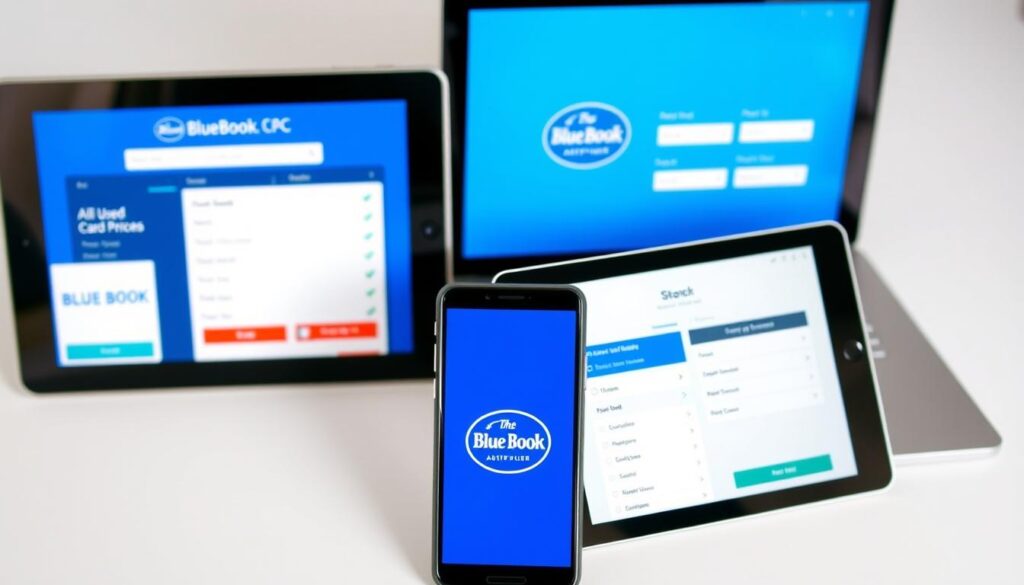
Official KBB App
The Kelley Blue Book mobile app offers comprehensive features:
- Instant valuations on the go
- VIN scanner for quick vehicle identification
- Side-by-side vehicle comparisons
- Dealer inventory search
- Price alerts for tracked vehicles
Integration Tools
Blue Book data is available through various platforms:
- Dealership websites with embedded valuations
- Banking apps for auto loan pre-approval
- Insurance estimators for coverage values
- Marketplace listings with automatic valuations
- Personal finance apps for asset tracking
Advanced Features
Beyond basic valuations, digital tools offer:
- Price trend monitoring over time
- Depreciation forecasts
- Total cost of ownership calculators
- Trade-in vs. private sale comparisons
- Vehicle history report integration
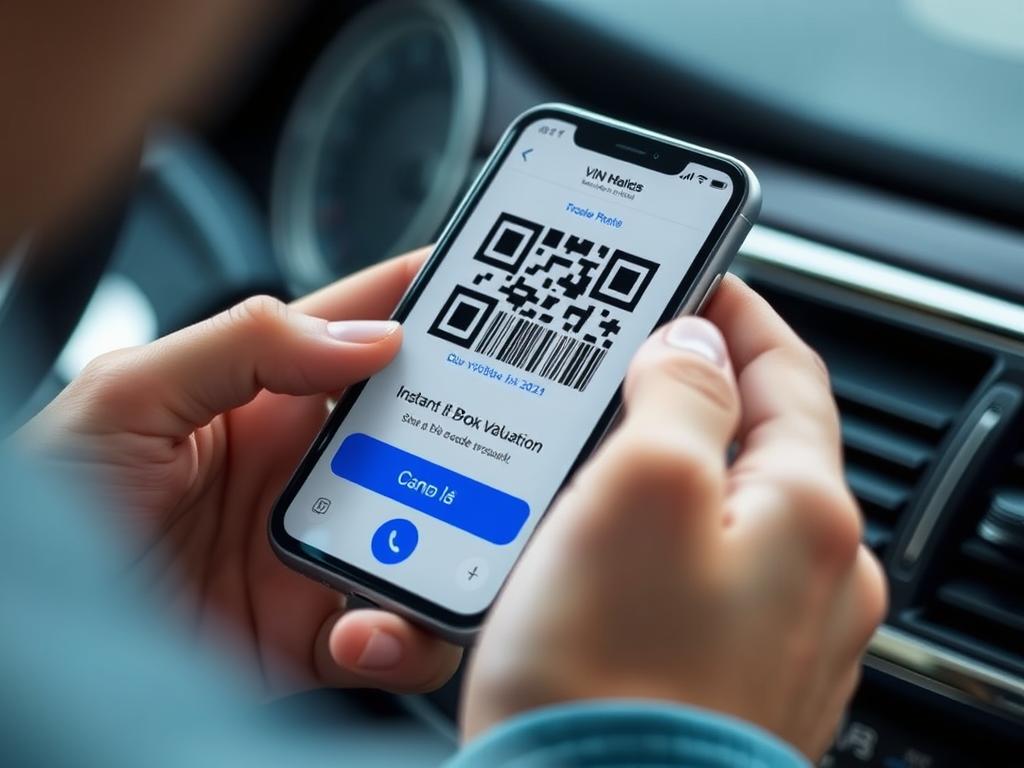
Frequently Asked Questions About Blue Book Used Car Prices
We’ve compiled answers to the most common questions about using the Blue Book for vehicle valuation. These insights will help you navigate the process with confidence.
How often are Blue Book values updated?
Kelley Blue Book updates its values weekly to reflect current market conditions. This ensures you’re getting the most accurate and timely information when checking a vehicle’s value. Market shifts, seasonal trends, and economic factors are all incorporated into these regular updates.
Are Blue Book values accurate for all regions?
Blue Book values are adjusted for regional market conditions when you enter your ZIP code. However, extremely local factors (like a vehicle being particularly popular in a specific town) might not be fully captured. For the most accurate local valuation, compare Blue Book data with local listings of similar vehicles.
How does Blue Book determine vehicle condition?
Blue Book uses specific criteria for each condition category:
- Excellent: No mechanical defects, minimal wear, perfect appearance
- Good: Some minor defects, well-maintained, clean appearance
- Fair: Some mechanical or cosmetic problems, visible wear and tear
- Poor: Significant mechanical issues, extensive body damage or rust
Be honest when assessing your vehicle’s condition. Most used cars fall into the «Good» category, with very few qualifying as «Excellent.»
Do dealerships use Blue Book values?
Dealerships typically use a combination of valuation guides, including Blue Book, Black Book (which focuses on wholesale values), and their own market analysis. They may also consider their current inventory needs and reconditioning costs when making offers. This is why dealer offers often differ from published Blue Book values.
How do I value a car with aftermarket modifications?
Blue Book valuations primarily consider factory options. For modified vehicles:
- Start with the base Blue Book value
- Add 10-20% of the cost of quality modifications (not full value)
- Subtract for modifications that limit market appeal
- Consider finding specialized buyers who value your specific modifications
Remember that most modifications return only a fraction of their cost in resale value.
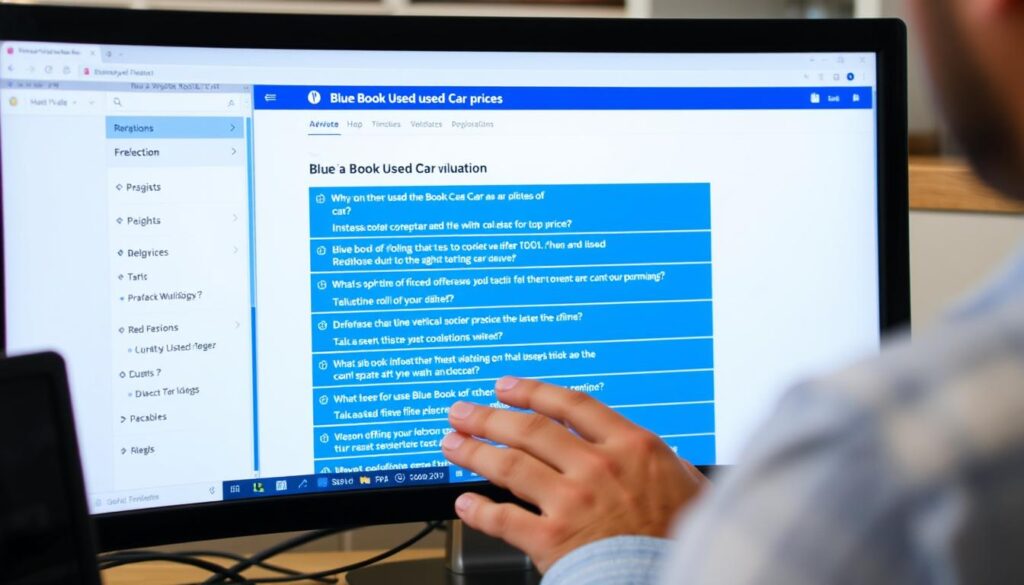
Making the Most of Blue Book Used Car Prices
The Blue Book has remained the industry standard for used car pricing for nearly a century because it provides reliable, data-driven valuations that both buyers and sellers can trust. By understanding how to properly use this resource, you gain a significant advantage in any vehicle transaction.

Remember that Blue Book values are guidelines, not absolute rules. The final transaction price depends on negotiation, the specific vehicle’s condition, and the current local market. By combining Blue Book data with the strategies outlined in this guide, you’ll be well-equipped to navigate the used car market with confidence.









